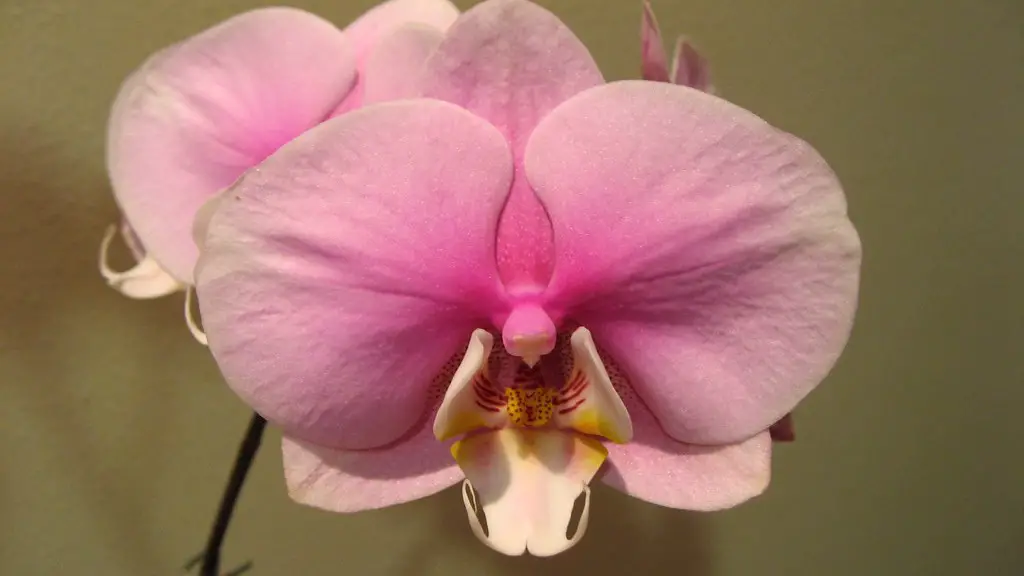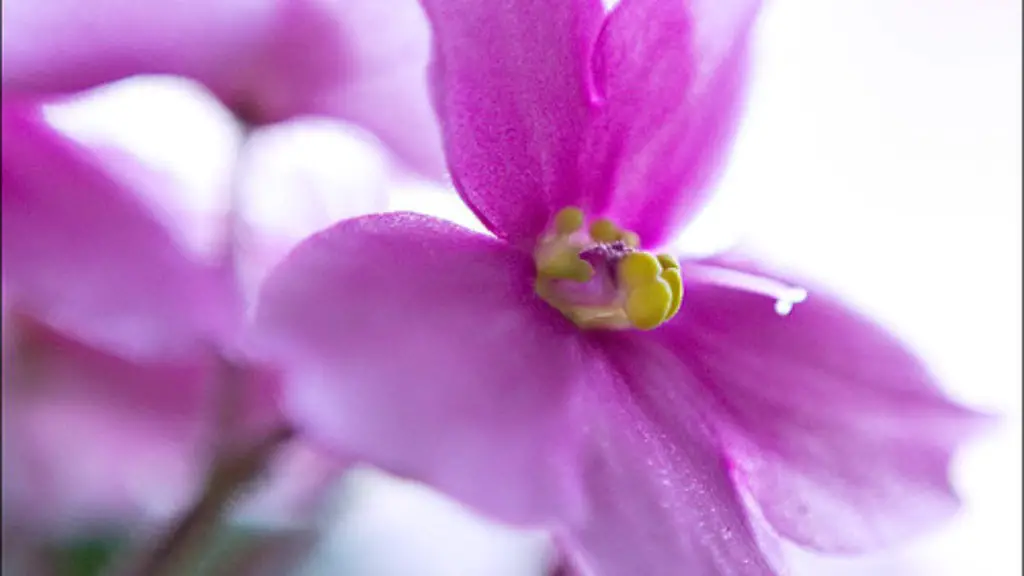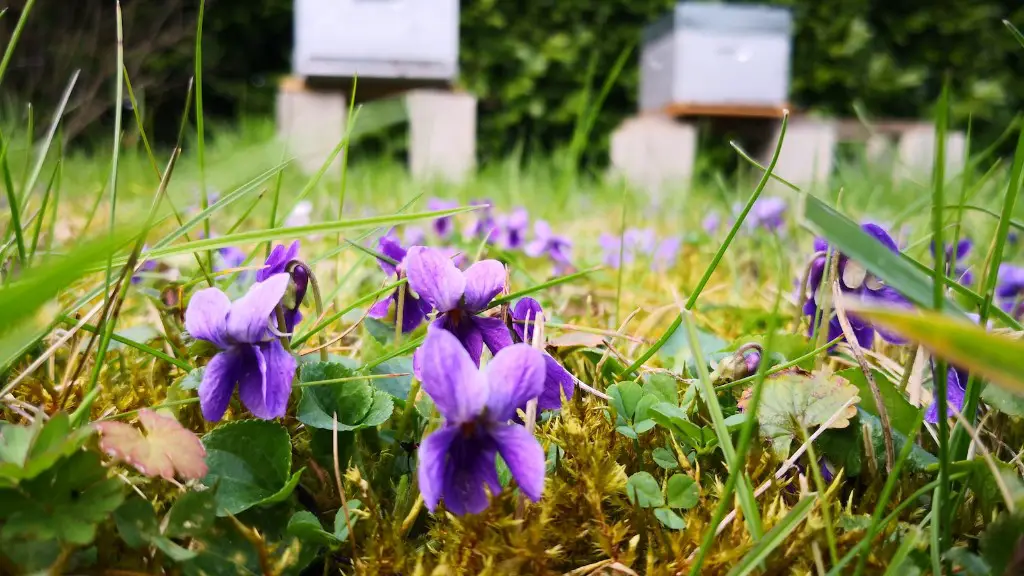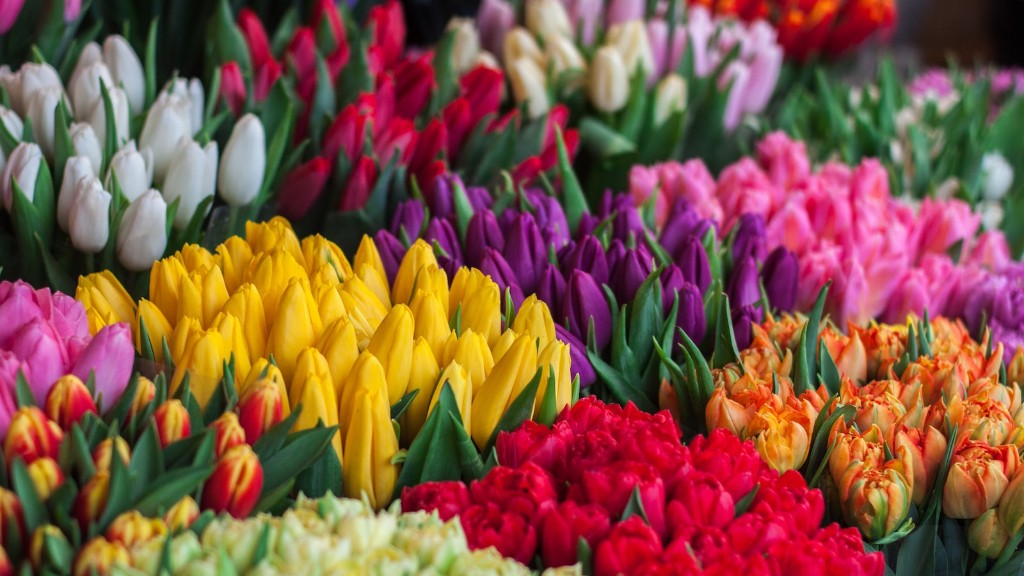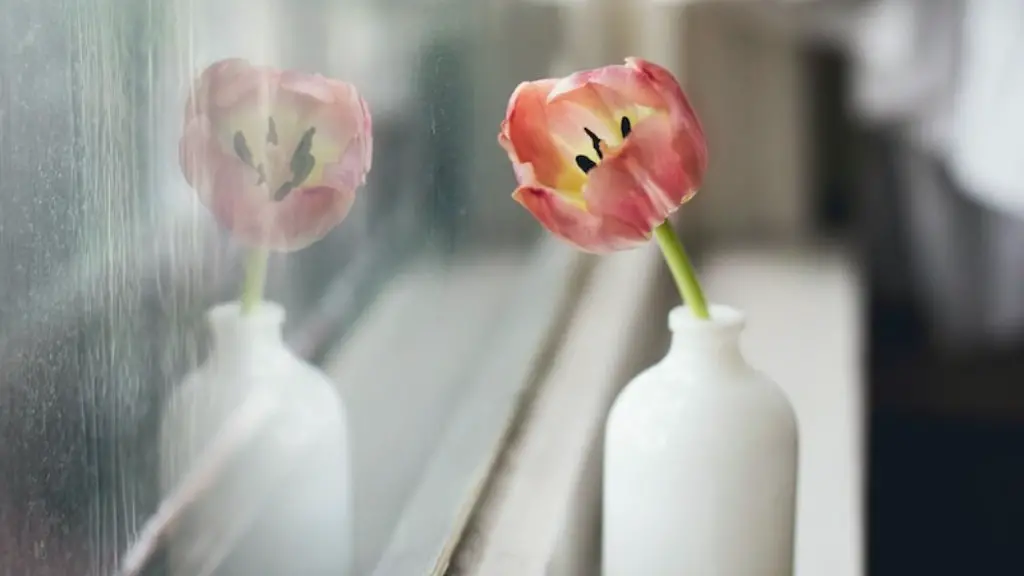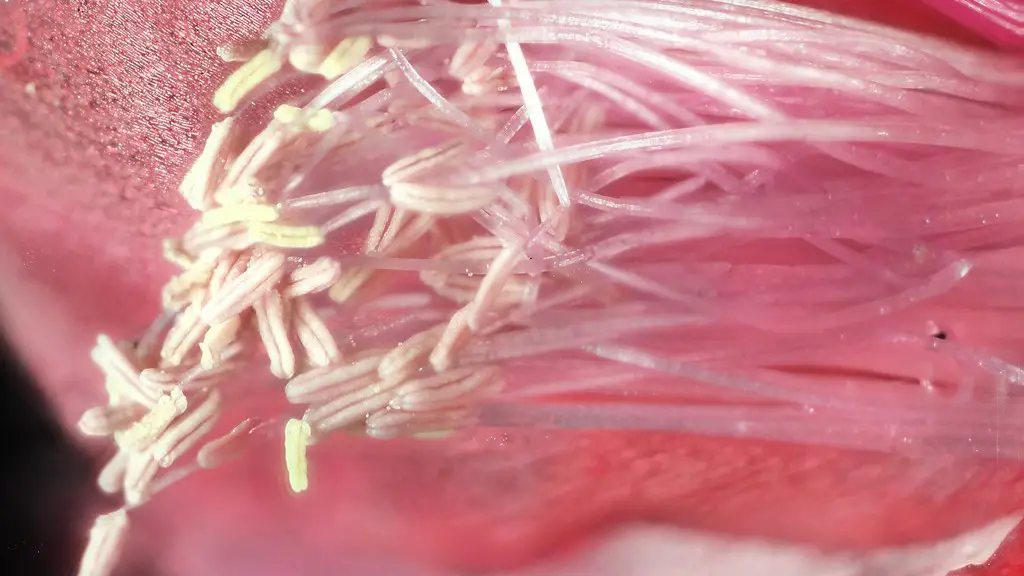Phalaenopsis orchids are some of the most popular flowering plants in the world. They are native to tropical regions and thrive in humid environments. When growing phalaenopsis orchids, it is important to water them regularly and give them plenty of indirect sunlight. In this article, we will show you how to water a phalaenopsis orchid plant properly.
To water a phalaenopsis orchid, you will need to soak the plant in water for about 15 minutes, then drain the water and allow the plant to dry.
How much water does a Phalaenopsis orchid need?
Orchids are a beautiful and popular type of flower, but they can be finicky to care for. One way to water your orchid is to apply a splash of water to the moss once every seven to 10 days. If the moss feels moist, you can wait a few days and check again before watering. Orchids are surprisingly resilient when it comes to drying out when they’re not in bloom, so don’t worry if you forget to water them for a while.
The best place to water your plant is in the kitchen sink. Use lukewarm water (do not use salt softened or distilled water) and water your plant for about 15 seconds and be sure to thoroughly wet the media. Then allow the plant to drain for about 15 minutes. It may appear dry but it has had enough water.
How do I know if my Phalaenopsis orchid needs water
If you’re unsure whether you’re watering your orchid enough, look at the leaves and roots. Healthy leaves are shiny and firm, while healthy roots are firm and green. If the leaves are wilted or the roots are dry and dark, your orchid needs more water. On the other hand, if the roots are yellow, brown, or hollow/flat, it’s an indication that you’re watering your orchid too much.
To master watering orchids, it is essential to water from above with fresh, pure water. For orchids with water storage, pseudobulbs, water when the potting mix is approaching dry.
How often should I mist my Phalaenopsis orchid?
Orchids are one of the most popular houseplants, but they can be finicky. Here are some tips on how to care for orchids:
-Most centrally heated homes have dry air, so mist the foliage every two to three days using tepid water. Avoid spraying the flowers, as the petals can be marked by water.
-Overwatering is the most common way to kill orchids. Water only when the potting mix is dry to the touch.
-Orchids need bright, indirect light. If they are getting too much light, the leaves will start to turn yellow.
-Fertilize monthly using a half-strength fertilizer designed for orchids.
With a little care, your orchids will thrive and bloom for many years to come!
Orchids are beautiful, delicate flowers that can brighten up any space. But taking care of them can be tricky, and one of the most important things to remember is when to water them. Here are some tips:
-Roots that are green mean the plant is getting just the right amount of water.
-Roots that are soggy and brown mean you should ease up on the watering, as the plant is getting too much.
-Roots that are grey or white mean the plant is thirsty and needs more water.
By following these simple tips, you can help your orchids stay healthy and beautiful for a long time.
Can I put an orchid in a bowl of water?
Orchids are a tough plant and can grow in water with the proper care. They like to be in a humid environment so if you live in a dry climate, it is best to grow them in water. It is also best to use distilled water or rain water so that the water is clean and free of chemicals. When growing orchids in water, you will need to water them more often than if you were growing them in soil. Be sure to fertilize them regularly as well.
It’s perfectly fine to water your orchid with regular tap water, as long as the water isn’t softened with salts. Room temperature water is best for the plant, but you can also use ice cubes without harming it. About once a week, place up to three ice cubes on top of the potting medium, making sure that the cubes don’t touch the leaves.
How much water do indoor orchids need
Orchids need less water during the winter, so once a week should be sufficient. When the weather turns warm and dry, they will need to be watered more frequently, so aim for twice a week. The size of your orchid container will also affect how often you need to water it, regardless of the climate conditions. Typically, a 6-inch pot will need to be watered every 7 days, and a 4-inch pot every 5 to 6 days.
Orchids need to be watered about once a week, and they should be allowed to dry out completely between waterings. If you think your orchid is overwatered, stop watering it and let the potting mix dry out completely. Once the potting mix is dry, you can start watering your orchid again.
Do phalaenopsis orchids like to dry out?
One of the best things you can do for your Phalaenopsis orchid is to water it thoroughly in the sink, getting both sides of the leaves wet. You can even let your plant soak for 5 to 10 minutes. This will help to prevent your plant from getting too dry in between watering.
Orchids are a beautiful and popular type of plant, but they can be finicky when it comes to watering. An orchid generally needs water once a week during the winter and twice a week when the weather turns warm and dry. An orchid shouldn’t go longer than two to three weeks without water; it will start dying. If you’re not sure whether your orchid needs water, check the soil; if it’s dry, it’s time to water. Be careful not to overwater, though, as this can also be harmful to the plant. With a little TLC, your orchid should thrive and provide you with enjoyment for many years to come.
Where is the best place to put an indoor orchid
The best location to grow orchids is either a south or east-facing window. Usually west windows are too hot while northern windows are too dark. If you cannot find a good location to grow your orchids, placing them under artificial lights is the last resort.
Orchids are one of the most beautiful flowers in the world, and they can be a great addition to any home. However, they can be notoriously difficult to keep alive. If you’re looking for ways to keep your orchid alive and healthy, here are five tips:
1. Let there be light. Orchids need bright, indirect sunlight to thrive. An east-facing window that gets morning light is ideal.
2. Keep it cool. Phalaenopsis orchids are happy in the same temperatures we are: above 60º at night and between 70º and 80º during the day.
3. Cut off spent blooms. This will encourage your orchid to re-bloom.
4. Remember to water and fertilize. Orchids need to be watered about once a week, and fertilized every other week.
5. Repot on occasion. Orchids should be repotted every one to two years.
How do you care for a Phalaenopsis orchid indoors?
Phalaenopsis orchids do well under normal room temperatures with indirect light from an east or west window. During the short days in the winter they can even be moved to direct light or placed in a south window. Orchids can be placed in an interior room or on an office desk if placed under a grow light.
Orchids are adapted to rapidly absorb water via their roots when it is available. There is simply no need to mist orchids, as watering normally will result in the plant getting plenty of water.
What does an unhealthy orchid look like
If you notice that your orchid’s leaves are brown or mushy, it’s a sign that the plant is suffering from root rot. This is a serious condition that can quickly kill the plant. Be sure to move it to a place where it will receive plenty of bright, indirect sunlight.
If you see your orchid growing up above the pot or out into the air, it’s time to re-pot! Orchids prefer a small pot and will eventually run out of room if not re-potted. Look for signs of roots pushing the plant up or reaching out into the air for breathing space.
Conclusion
To water a phalaenopsis orchid plant, you will need to water it deeply but less often than you would other types of plants. Water the plant until the water runs out the bottom of the pot, and then allow the plant to dry out completely before watering it again.
Watering a Phalaenopsis orchid plant is easy. The plant prefers to be kept moist, so water it whenever the soil feels dry. Be careful not to overwater, as this can lead to root rot. Let the water drain away completely after watering.
